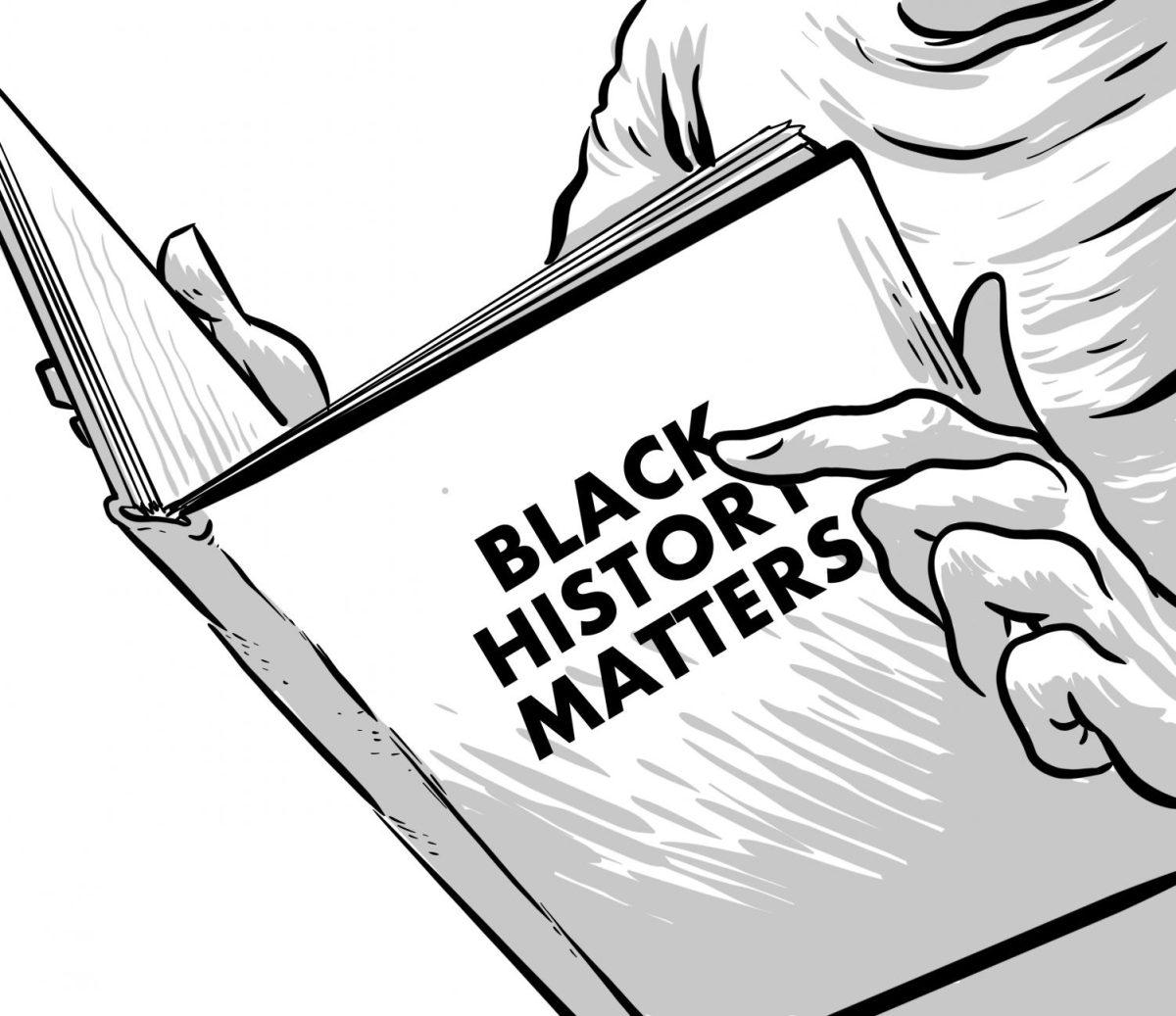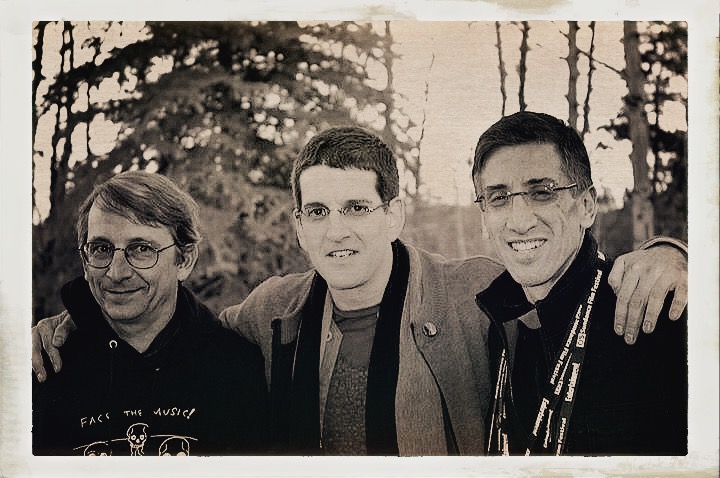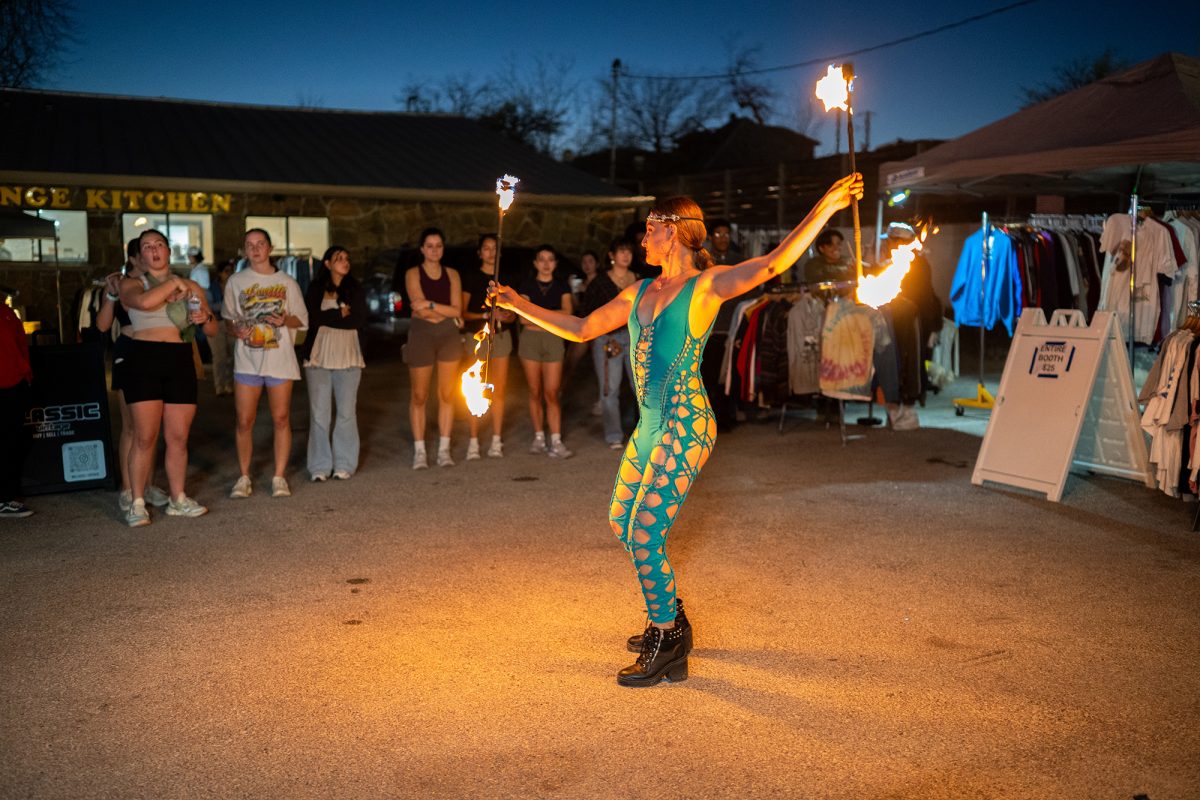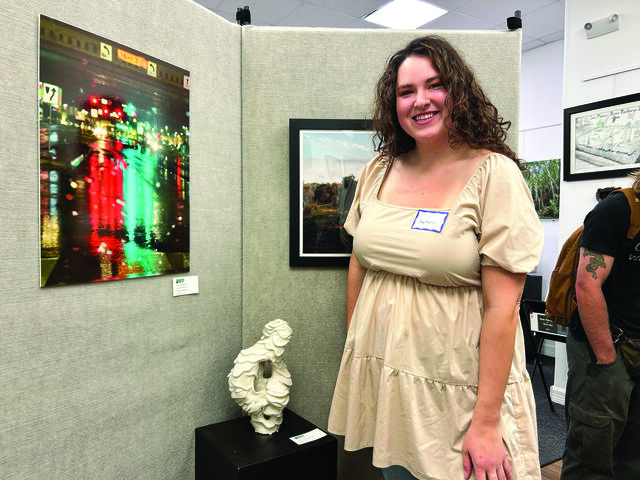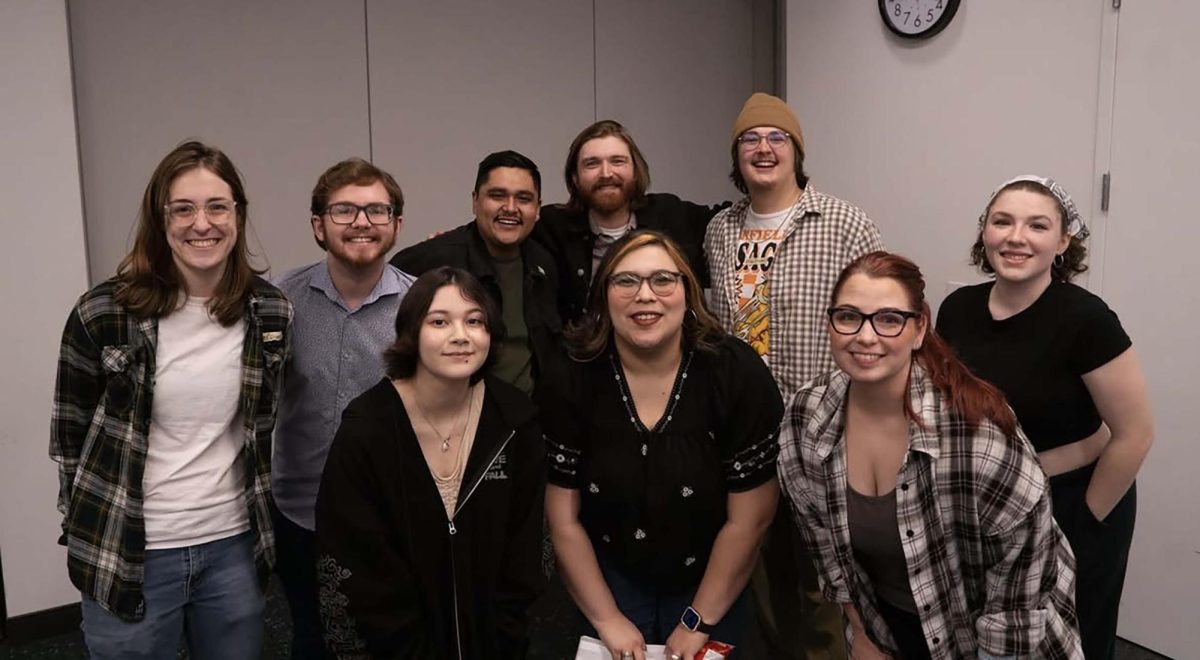As a new consciousness of racial inequality sweeps across the nation in light of the Black Lives Matter movement, Texas State history faculty members are taking a closer look at how Black history has been taught in the past and examining ways to improve how it will be taught moving forward.
While racial inequality has been recognized within the Black community for centuries, the death of George Floyd, specifically, was viewed by not only the U.S. but around the world. This awareness is prevalent as history professors and faculty members plan for the fall semester.
As the Black Lives Matter movement continues to dominate the media, some professors may feel a new sense of freedom to speak up on the events and issues that ignited the movement. However, according to Dr. Angela Murphy, chair of the Department of History, that sense of freedom has always been present.
“We’ve always been very free to speak on those issues in the history department, especially in the classes that encompass these kinds of topics,” Murphy said. “But it’s also a fraught situation because there’s a lot of emotion attached to these discussions. Educators really have to handle them carefully in the classroom in order to have a reasonable discussion with people because they’re bringing a lot of emotion into it, especially now.”
Murphy says Texas State history courses strive to incorporate Black history and the history of race and institutional racism. She recently implemented an online sharing site that allows faculty to discuss and share ideas for lessons related to the Black Lives Matter movement.
This fall, students will have the opportunity to take a survey course in African American or Mexican American history. These classes count toward the general education credit 1310 or 1320. Murphy, who will be stepping down as chair, says she is excited about the new courses.
Dr. Jeff Helgeson, associate professor of history, will become the new department chair in August. Helgeson says the survey courses are a new way to continue to engage students in diverse sets of narratives in which they can relate to and build knowledge.
Helgeson says faculty members have been developing courses throughout the summer and are keeping in mind ways to build on what they are trying to achieve. He believes rather than simply directing professors on how to develop their course curriculum, it is more important to build an environment inside the department that energizes critical issues.
“The department took the position that recognizes that Black Lives Matter and that part of our responsibility as educators is to engage in an understanding of African American history, Black history, how we got where we are and how that’s related to the way all human beings are intertwined in the same story,” Helgeson said.
One educator who has been encouraged to enhance curriculum this upcoming year is Dr. Casey Nichols. Nichols, who teaches U.S. History since 1877, provides an analysis of race, ethnicity and diversity in her classes due to her area of expertise in African American and Mexican American history.
This fall Nichols will teach African American history from ‘freedom’ to Black Lives Matter. She believes everyone can learn from political movements such as Black Lives Matter and has evaluated emphasizing social justice and action in her role as an educator.
“For me, one of the things that I teach a lot about in African American history is how at the core of the Black experience in the United States is a quest for bodily autonomy,” Nichols said. “I’ve been thinking that should be the primary focus. It’s usually taught as one component, but now should be the primary focus so students have a better sense that Black Lives Matter is a part of the large trajectory of African American history.”
Nichols says misinformation plays less of a role in the unawareness of these issues, but more so a lack of education. To solve this, Nichols says she is looking into creating more opportunities for students to learn about the various experiences people of African descent, both in the U.S. and globally, have had.
“When I decided to become a faculty member, I wanted to be able to add in more African American history and more about other people of colors’ history related to gender and sexuality,” Nichols said. “I wanted to create what I felt was a void in my own education.”
Other than focusing on the angles history is taught, educators are beginning to recognize the space students are being taught in. It wasn’t until 57 years ago in 1963 that the first five Black students were integrated at Texas State, shedding light on the idea that the university was founded on the intention of educating whites in a white space only.
“You just add a few Black bodies, they got sprinkled into white space, trying to survive in white space,” said Dr. Sherri Benn, director of the Office of Student Diversity and Inclusion. “So that means that Black people always have to understand white people and whiteness to survive in white space.”
Although SDI is not an academic department, it is connected to history because of the programs it coordinates for students, such as the Juneteenth “Day of Reflection and Solidarity” organized by Benn.
Benn says individuals need to recognize that the majority of U.S. history is not only told through the lens of the dominant culture but is told from a source material detached from the individuals impacted by these events, meaning stories are often glorified by the ones telling it.
“Then it becomes really more like we’re telling a story about the greatness of the United States versus all of the complexities that were a part of all the historical events that occurred in order for the United States to establish itself as a dominant [country],” Benn said.
These issues continue to be prevalent and can create one-dimensional characterizations of Blackness. According to Benn, when people of African descent are introduced into American history, it’s often at the point in which people of African descent became enslaved. She says this tends to be the first point in time students are made aware of how Black people fit into the fabric of American history.
Dr. Dwonna Goldstone, associate professor and director of the African American Studies Program, says individuals often teach what is comfortable to them, what they know and what they were taught. Goldstone says the only way things in the classroom will change is if people educate themselves and bring in stories that are more than just struggle stories.
“That is how I think you change how history is taught, is change the people who are teaching it or teach more white people to not just teach a white-centered history,” Goldstone said.
Goldstone encourages her students, particularly her Black students, to go into the teaching field if they feel there is a void in what they were taught about their own history and culture.
“I appreciate that there is a Black History Month and that we spotlight it, [but] I also think that it should be integrated throughout the curriculum,” Goldstone said.
When it comes to discussing traumatic topics in light of recent protests, Dr. Allison Robinson, history professor, has found importance in awareness and sensitivity. She says she is evaluating how to become more mindful of the trauma minorities have faced and continue to face in the U.S.
“When I talk about tougher topics like violence against African Americans, I’m going to find ways where I’m not covering it up, but I’m going to present it in a way that doesn’t reopen trauma or reopen those wounds because this is a very real experience for our students,” Robinson said.
Robinson teaches three phases of the Civil Rights Movement. In the third phase, which includes the present, she discusses the Black Lives Matter movement to emphasize that the fight for equality is ongoing.
She says an educator’s job is to take agency and give it back to the Black community and show the moments where Black people took a situation and actively worked to change it, whether it be through art, poetry, protest, running for president or other.
As individuals become more aware of the importance of knowing history, Robinson predicts there will be a shift in how students receive history lessons.
“My hope is that as a department, more and more students are going to engage with these lectures so that they can trace for themselves how this has lasted much longer than any of us has ever thought, and how it [will continue] to last until something meaningful gets done about it,” Robinson said.
For more information about Texas State’s Department of History visit their website.
Categories:
Black curriculum matters: History department aims to educate from place of awareness
July 15, 2020
Whether it be considering the learning space, providing a more personal lens to view history or recognizing the wording and angles content is taught from, the history department strives to make ignorance-based racism a thing of the past.
0
Donate to The University Star
Your donation will support the student journalists of Texas State University. Your contribution will allow us to purchase equipment and cover our annual website hosting costs.
More to Discover



